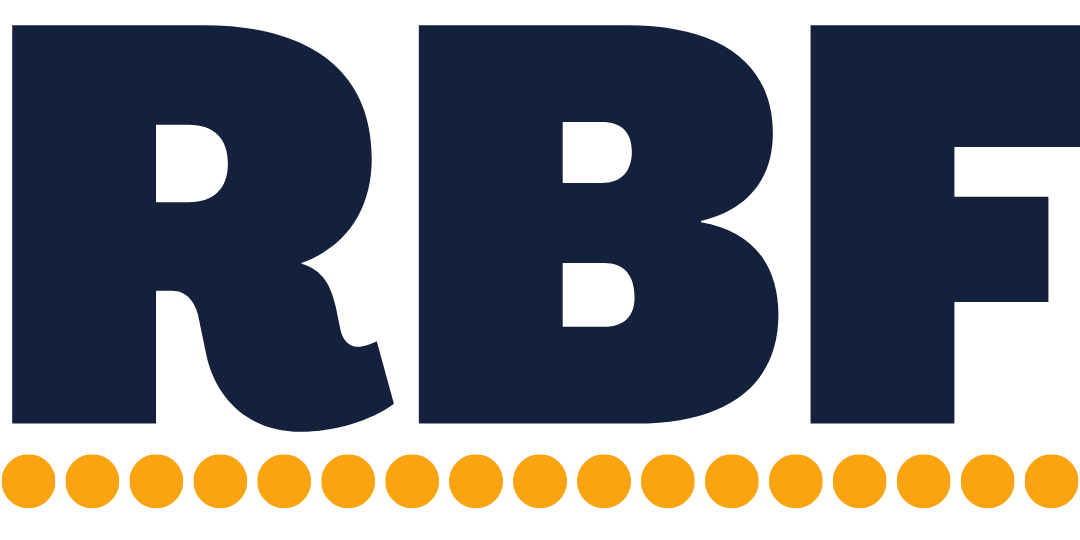Per diem – an alternative to expense reports
Hey, I’m Michael Eckstein 👋, and this is ‘Ordinary & Necessary’, a weekly newsletter about the boring business topics that don’t get enough traction on the web, but will help you manage and grow your business. You signed up on my website. If you’d like to unsubscribe, just click the link at the bottom of this email. No harm, no foul, I’d love to have you back sometime.
Month’s theme: reimbursing employee expenses
Expense reports make sense when you’re infrequently reimbursing employees. They create an audit trail, help you keep track of your funds, and keep the IRS happy. But, no matter how you slice it, expense reports come with a heavy administrative burden. Someone needs to enforce the policy, follow up with employees, maintain records, and reimburse employees. That takes a lot of time, even if you’re using specialized software. And, that administrative burden gets worse as you continue to process more reimbursements. If you have traveling employees that are constantly visiting clients and developing new business, you could easily reach a point where you’d need to hire dedicated accounting staff to manage all the reimbursements and expense reporting.
In those kinds of situations (with traveling employees), Per Diem allowances can save the day. Simply put, a Per Diem allowance is the amount you’ll pay an employee for all the additional costs of being away from home. Instead of requiring receipts and expense reports for every single expense (eg hotels, every meal, a toothbrush, dry cleaning, etc), you can pay your employees a flat rate for all their lodging, meals, and incidentals.
Things to know about Per Diem rates:
Away from home: The tricky part is that your employee must be traveling away from home and spending the night somewhere else to qualify for per diem allowance. If they aren’t, you still need to use expense reports (by IRS rules).
When to pay: There’s no official rule on when you should pay your employees their per diem allowance. So, it’s up to you. Paying your employees with a one-off, per diem paycheck before their trip would be best for your employee (and, if your cash flow can handle it, better for employee morale). But, reimbursing them after they’re back, on their next standard paycheck is better for your business’s cash flow.
How much to pay: In the US, per diem rates are set by the US General Services Administration (GSA). You can look up monthly lodging and daily meals allowances here: https://www.gsa.gov/travel/plan-book/per-diem-rates It gets pretty granular. For example, there’s a specific meals allowance for the ‘Riverhead / Ronkonkoma / Melville’ area on Long Island.
It isn’t taxable to employees: If your allowance is less than or equal to the federal GSA per diem rates, none of it is taxable to your employees. If your allowance is more than the GSA rates, employees are still required to return the excess or it’s included in their income.
THIS WEEK’S ACTION ITEM: If you have a lot of traveling employees, consider Per Diem instead of reimbursements.
This month’s emails got a little off track. A client was having issues with their reimbursements and I thought it made a good (albeit boring) theme. Next month’s emails will be about increasing profitability by offering service addons. Want me to use your business/industry in my examples? Let me know!
Have a great weekend and stay safe!
Michael Eckstein
